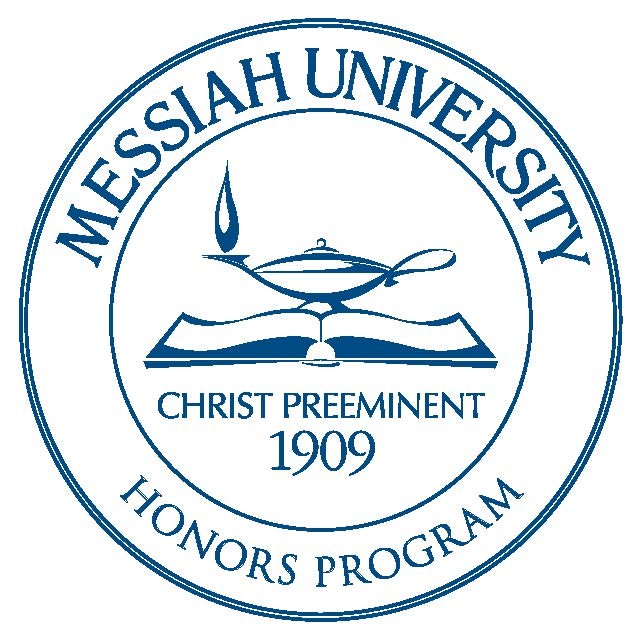Date of Award
Spring 5-2016
Document Type
Thesis
Degree Name
Bachelor of Arts (BA)
Department
English
First Advisor
Dr. Crystal Downing
Abstract
In L. Frank Baum’s The Wonderful Wizard of Oz, originally published in 1900, there is one important element which has often been overlooked and omitted from later Hollywood, and otherwise popular, succeeding renditions of the story: the Emerald City is not actually emerald. Rather, so the story goes, the powerless hoax of a Wizard of Oz, who reigns over the Emerald City, had commissioned at the time of the city’s building, that all who enter must wear green-tinted glasses. In Baum’s text, when Dorothy and her companions visit, for example, the little girl notices how even the hair and skin on everyone she meets within the city walls appears to have an inexplicably greenish hue. Even natural surrounding features, like the “ sky above the City had a green tint, and the rays of sun were green”. Though this emerald appearance is obviously an illusion, a deliberate power-play by the Wizard to make his kingdom seem magical and enticing, no Ozian citizen or visitor questions either the function of the glasses or the greenness of the city. The Wizard, who of course has no true magical power of his own,maintains his authority by controlling and manipulating the way Ozians view their surroundings. Even on the rare occurrence that he presents himself to an audience, he hides behind elaborate stage contraptions that produce more powerful or intimidating forms than his own flesh. The Wizard’s power over the Ozians presents perhaps one of fiction’s greatest, most articulate examples of hegemony.
Recommended Citation
Holvik, Karin, "The Hegemonic Construction of the Modern Fairytale: Wonderland, Oz, and Enchanting Ideologies of Lost Little Girls" (2016). Honors Projects and Presentations: Undergraduate. 10.
https://mosaic.messiah.edu/honors/10


